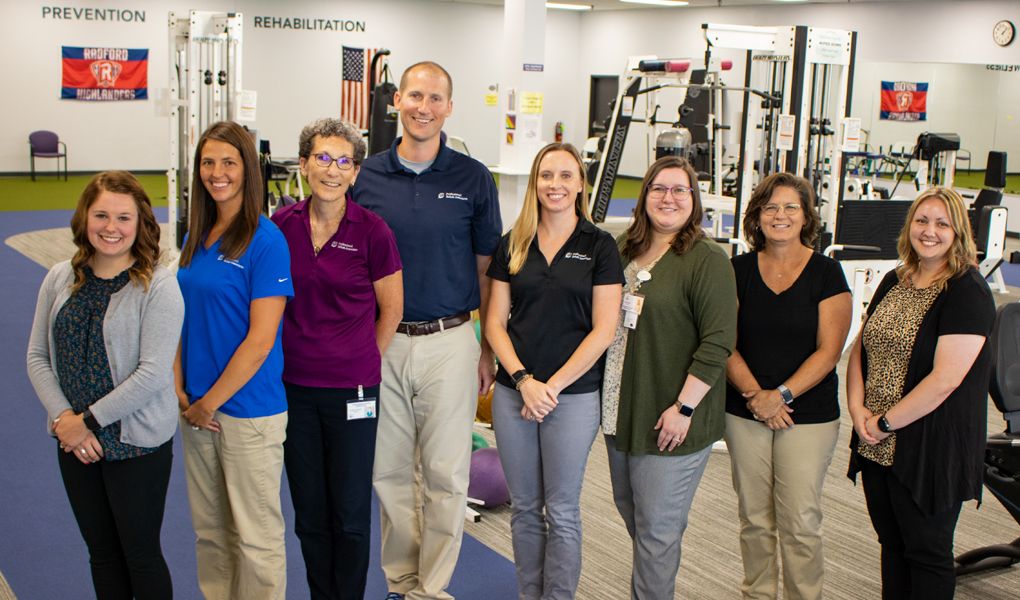Effective Approaches for Alleviating Breathlessness in Physical Rehabilitation Sessions
Effective Approaches for Alleviating Breathlessness in Physical Rehabilitation Sessions
Blog Article
Breathing difficulties, or difficulty respiration, is a frequent concern that many individuals face, particularly those with long-term lung diseases, heart issues, or other health concerns. In physical therapy sessions, addressing dyspnea is essential for helping patients improve their overall quality of life. By utilizing specific methods and approaches, physical therapists can help patients in controlling their respiratory difficulties. Understanding these efficient approaches can empower both therapists and patients to work together more efficiently in addressing obstacles related to breathing difficulties.
One of the main methods used to reduce breathing difficulties in physical therapy is the application of regulated breathing activities. These activities often concentrate on abdominal breathing, which promotes patients to use their breathing muscle rather than their upper thoracic muscles when breathing in. This method helps to maximize lung capacity and efficiency. Additionally, pursed-lip breathing is another approach that can be beneficial. This method requires breathing in through the nose and exhaling slowly through pursed lips, which can assist to keep airways clear longer and render breathing feel more manageable. By including these activities into therapy sessions, physical therapists can provide patients with tools to manage their dyspnea both during and outside of their sessions.
Another important element of managing breathing difficulties in physical therapy is the creation of an individualized exercise regimen. Customizing exercises to satisfy the specific needs and capabilities of each patient is crucial. Therapists should slowly introduce aerobic exercises, such as ambulating or biking, in a structured manner, allowing patients to build their endurance over time. This incremental approach helps patients to feel more comfortable with fitness activity while at the same time improving their lung function and overall endurance. It is vital for therapists to monitor patients carefully during these activities to ensure they are not overexerting themselves, which could result to increased shortness of breath.
Teaching also plays a significant role in alleviating breathing difficulties during physical therapy appointments. Providing patients with information about their condition and the mechanisms behind breathing difficulties can enable them to take charge of their health. Therapists can explain how elements like anxiety, posture, and surrounding conditions can affect breathing. By comprehending these concepts, patients can learn to control their issues more effectively. Techniques such as stress reduction methods and proper body posture can further assist in minimizing the effects of breathing difficulties during daily activities and therapy sessions.
In summary, effectively alleviating breathing difficulties in physical therapy appointments involves a combination of breathing see it here exercises, personalized exercise regimens, and patient education. By implementing these effective methods, physical therapists can assist patients manage their breathing difficulties and improve their overall health. Working together between therapists and patients is essential to create customized interventions that meet specific needs. With the right support and techniques, patients can experience comfort from breathing difficulties and participate more completely in their physical therapy journey, ultimately leading to a better quality of life.